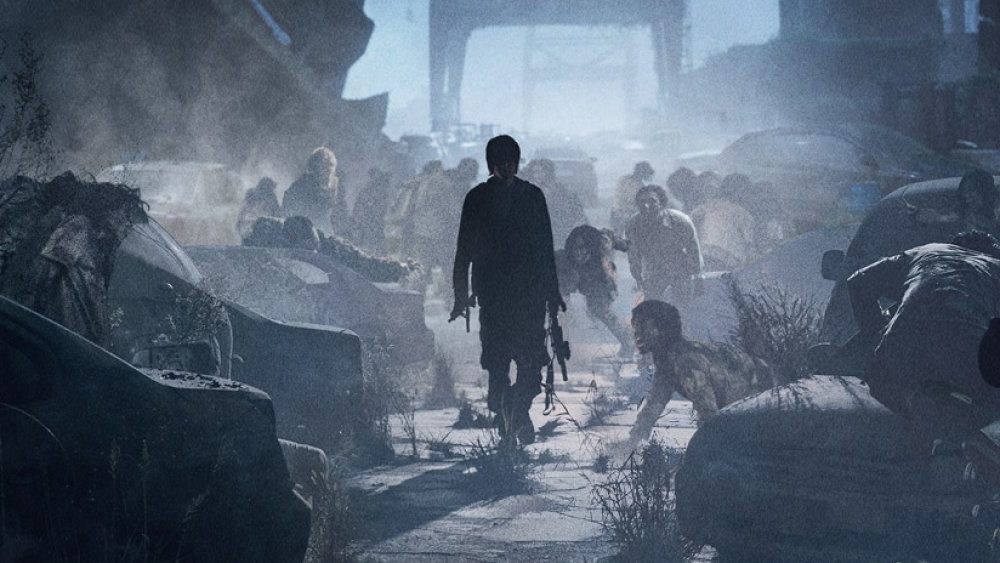Funny Face
by Hope Madden
Though writer/director Tim Sutton’s latest is more a collection of images and moments than a strictly plotted narrative, the story that unfolds is kind of a bittersweet wonder.
An isolated youngish man (Cosmo Jarvis) rails against the impending destruction of his neighborhood, a community he haunts wearing a happy Halloween mask. An act of kindness at a nearby convenience store, though, brings about a surprising and really lovely friendship.
Jarvis, who was so good in last year’s Calm with Horses, convinces again as an outsider with a lot of pent-up anger but an otherwise sweet heart. There’s a mixture of brutality and vulnerability in the portrayal that calls to mind Tom Hardy or even Brando – although, given a particular preoccupation in the film, he may be aiming for James Dean.
Newcomer Dela Meskienyar matches him step for step as another outsider, also angry at circumstances that feel beyond control, also hiding her face. It’s a remarkable and never forced kind of parallelism Sutton develops–a lost quality that he sees in every character. He uses this thread to braid disparate lives together and to create a sense of empathy, even toward the most loathsome among us.
Sutton is no stranger to tales of white male alienation, bruised masculinity, and an almost childlike struggle with our primal nature. Both his first feature Dark Night (which deals with the 2012 Aurora shooting), and his follow up, Donnybook (about bare knuckle brawls in addiction-riddled Ohio) illustrate his interest.
Funny Face, though, marks a step toward something more stylish. The film has a retro vibe, like a long-lost Seventies indie set in Brooklyn. Given the of-the-moment storyline, this offers his film the timeless quality of a fairy tale—a theme he develops with imagery of equal parts urban realism and magical whimsy.
A sense of mourning fuels Funny Face. While Sutton’s film is intimately linked to its Brooklyn setting, that exact same mourning informs Lesotho’s beautiful This Is Not a Burial, It’s a Resurrection, also releasing this week. Unchecked capitalism is a global cancer, it would seem.
All of Sutton’s films contextualize human struggle within the context of community. This has never been truer than it is with Funny Face, a comment on the way greed destroys history and the sense of place, leaving nothing in that emptiness, even for those who profit.
Not even a smile.














